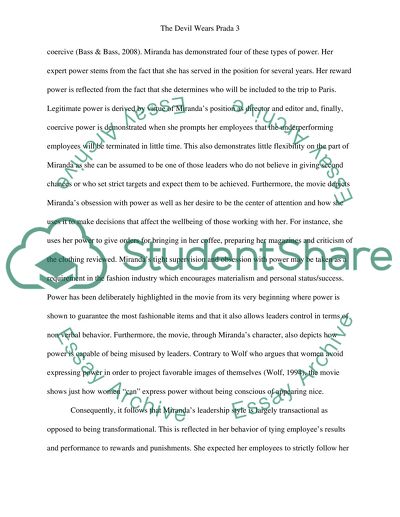Cite this document
(“The Devil Wears Prada by Lauren Weisberger Essay”, n.d.)
Retrieved from https://studentshare.org/literature/1491886-the-devil-wears-prada-by-lauren-weisberger
Retrieved from https://studentshare.org/literature/1491886-the-devil-wears-prada-by-lauren-weisberger
(The Devil Wears Prada by Lauren Weisberger Essay)
https://studentshare.org/literature/1491886-the-devil-wears-prada-by-lauren-weisberger.
https://studentshare.org/literature/1491886-the-devil-wears-prada-by-lauren-weisberger.
“The Devil Wears Prada by Lauren Weisberger Essay”, n.d. https://studentshare.org/literature/1491886-the-devil-wears-prada-by-lauren-weisberger.


